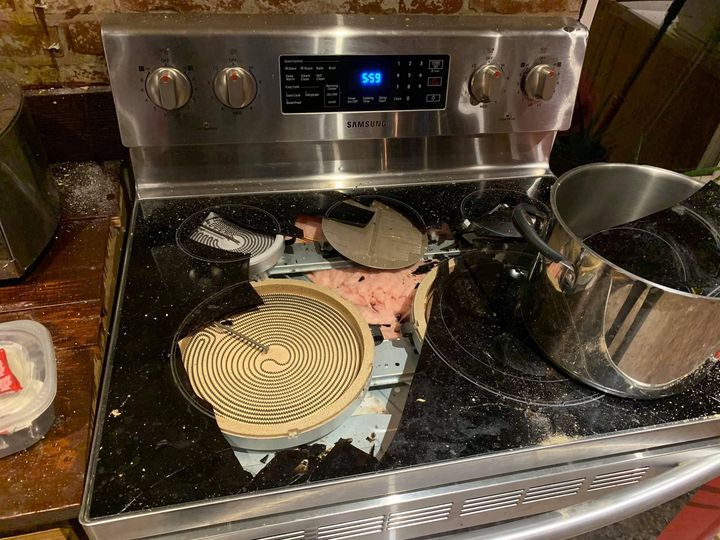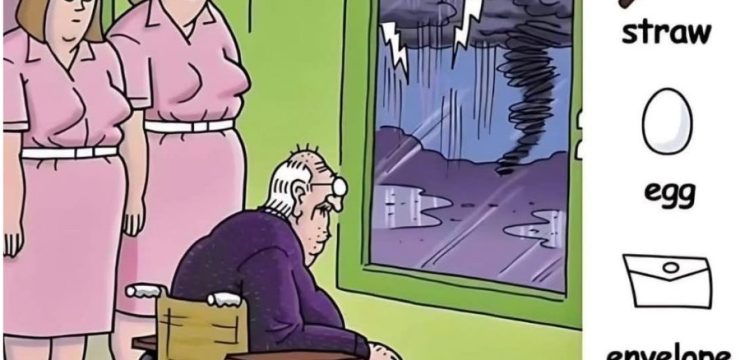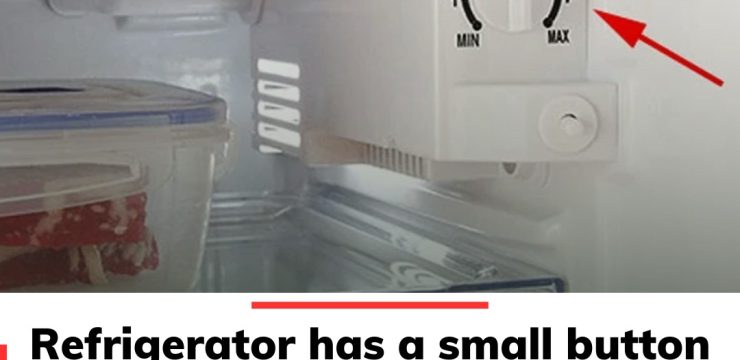Glass top stoves have quickly become a staple in modern kitchens, combining sleek aesthetics with easy-to-maintain surfaces. These cooktops are not only stylish but also provide a smooth surface that makes cleaning much easier compared to traditional coil burners. Despite their elegance and durability, glass top stoves come with their own set of vulnerabilities. One of the most common and costly mistakes homeowners make is placing a hot lid directly onto the glass surface, which can lead to significant damage or even a shattered cooktop. Let’s dive into why this happens, the risks involved, and how you can keep your glass top stove safe from unnecessary harm.

Why Glass Top Stoves Are So Popular
Glass top stoves have gained popularity thanks to their modern design and low-maintenance appeal. Unlike older coil models, the flat, uninterrupted surface makes it easy to wipe away crumbs and spills, reducing the time and effort needed for cleaning.
These cooktops are made from tempered glass, which is built to handle high heat and everyday wear. However, tempered glass isn’t invincible. When exposed to intense heat or sudden temperature changes, it can weaken and crack. Understanding the importance of handling these stoves with care can help you avoid potential damage.
The Hot Lid Mistake: A Dangerous Habit to Avoid
One of the most frequent mistakes made with glass top stoves is placing a hot lid directly on the cooktop after use. It might seem like a harmless action, but it’s a mistake that can lead to serious damage.
Why It Happens:
Vacuum Seal Formation: When a hot lid is placed face-down on the stove, heat becomes trapped between the lid and the glass. This trapped heat creates a vacuum seal, which can cause a buildup of pressure.
Pressure Buildup: As the cooktop cools, the trapped heat creates a pressure difference between the lid and the stove surface. This pressure can stress the glass, leading to cracks or a spiderweb pattern on the cooktop’s surface. It’s a silent issue that, over time, can escalate into an expensive repair.
Why a Cracked Glass Cooktop Is Dangerous
A cracked cooktop is more than just an unsightly problem—it’s a serious safety concern. Here’s why:
- Risk of Shattering: Once the glass is cracked, its structural integrity is compromised. Exposure to heat or pressure can cause the glass to shatter completely, posing a risk of injury from flying shards.
- Heating Malfunctions: Cracks can interfere with the stove’s heating elements, causing uneven cooking or even leading to electrical malfunctions. This can create a fire risk in your kitchen.
- Electrical Hazards: A damaged cooktop may expose electrical components underneath, presenting a shock hazard.
How to Protect Your Glass Top Stove
Taking care of your glass top stove doesn’t require much effort. By following a few simple tips, you can prevent costly repairs and extend the lifespan of your appliance.
- Avoid Placing Hot Lids on the Cooktop Never place a hot lid directly on the stove. Instead, use a heat-resistant trivet or place the lid on a cool, flat surface to avoid creating a vacuum seal.
- Use the Right Cookware Make sure to use pots and pans with smooth, flat bottoms. Cookware with rough or uneven bottoms can scratch the glass, damaging its surface. Be extra careful with heavy cookware like cast iron, as a drop can cause the glass to crack instantly.
- Clean Regularly After each use, wipe down your cooktop to remove any food particles, grease, or debris. These can scratch the glass if left unchecked. Always use gentle, non-abrasive cleaners specifically designed for glass top stoves.
- Be Mindful of Weight Limits Although glass top stoves are sturdy, they’re not designed to bear excessive weight. Avoid placing overly heavy items on the surface to prevent unnecessary stress on the glass.
What to Do If Your Glass Top Stove Cracks
If you notice a crack in your cooktop, it’s crucial to stop using it immediately. Continuing to cook on a cracked surface can lead to further damage or even electrical hazards.
- Assess the Damage Minor cracks, like hairline fractures, may be repairable, but larger cracks or spiderweb patterns will most likely require a full replacement of the glass cooktop.
- Call a Professional Technician Never try to fix a cracked glass stove yourself. It’s important to call a certified technician who can assess the damage and recommend the best course of action.
- Repair or Replace While minor cracks might be fixed by a professional, most cracked cooktops need to be replaced. In most cases, it’s safer and more cost-effective to replace the entire glass surface.
Protect Your Investment for the Long Term
Glass top stoves are an investment in both style and function, but they require careful attention to remain in good condition. By avoiding common mistakes, like placing hot lids on the surface, and incorporating simple preventative habits, you can extend the life of your stove and maintain its sleek, modern appearance.
Next time you’re using your glass cooktop, remember to handle it with care. A little caution today can save you from costly repairs or replacements tomorrow.





